The most famous symbol of the island is no doubt the statue of the winged goddess Nike (Victory), exhibited today at the Louvre Museum. Her reputation reached all the corners of the world and it is considered a masterpiece of the ancient world.
The discovery and the road to Paris
On the 15th of April 1863 Charles Champoiseau, the French vice-consul in Adrianopole (today Edirne) and an amateur archaeologist found in the small island of Samothrace, ruled then by the Turks, parts of the body of a statue. The one who made the discovery was a Greek worker who helped at the diggins. He shouted to Chaimposeau: "Sir, I found a woman!". The statue was found broken in 118 pieces which were spread in the area of the Sanctuary of the Great Gods. This fragmentation is due to the fact that in Hellenic period the artists used to first finish the components and only after that assembled the statue.
Right after the discovery Champoiseau asked for the Ottoman Empire's approval to send the statue to France. A French war ship was used for transportation and on the 11th of May 1864 Nike arrived at Lovre. The specialists who recently renovated the masterpiece concluded that during this transportation the statue was damaged.
Two years later Nike was exhibited in the museum for the first time, but without the prow on which rests today. It was only in 1875 when the Austrian archaeologist who made excavations in Samothrace realized that the grey marble pieces that Champoiseau had ignored, believing that they are a part of a funerary monument, constituted in fact the prow of the ship that the ancient artist had sculpted as a base for the winged goddess. The prow was also transported to Lovure, so from 1884 the reassembled statue was exhibited above the Duru staircase.
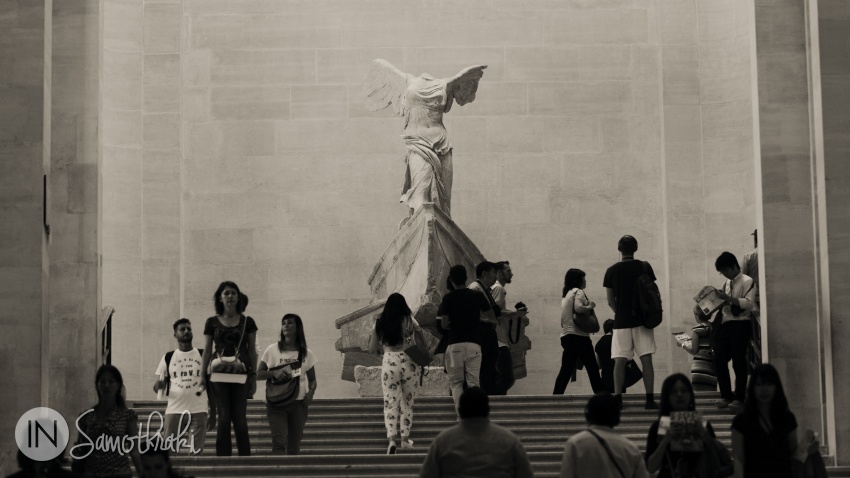
Later, during the excavation from 1950, Karl Lehman and his team of archaeologist found in the area where the initial discovery had been made, the right palm of the statue. Two fingers were discovered by Lheman's wife, Phyllis Williams, in Wien, among the fragments of the 19th century excavations stored in a romm of the Art Museum. These parts were also sent to Louvre.
In time other two representations of the winged Nike goddess were found in the area of the Sanctuary of the Great Gods. One (a Roman copy) is exhibited today at the Art History Museum in Wien and the other in the Archaeological Museum of Samothrace.
Who was the author and what was Nike's purpose?
For a long time it was believed that the statue was a thanking sign from Dimitrios Poliokritis (337-283 B.C.) after defeating Ptolemy's fleet near the shores of Cyprus around 290 B.C. Today it is widely accepted that the statue was orderd in the 2th century B.C. by the inhabitants of Rhodes island to the sculptor Pythokritos in order to thank the Great Gods for a naval victory.
We only know for sure that the statue was intended to commemorate a naval battle and that it was worked in the Hellenic period, sometime between 220 and 185 B.C.
The goddess is represented when she landes on the prow of a ship, with the wings wide open, being visible from afar. Her role was to announce the victory and according to some, had the right arm raised, either for saluting, either for sounding the victory or for holding a crown.
Description
In its actual form, Nike is composed of several main pieces: a big piece from the bust to the legs, the upper bust and the wings. The left wing was reassembled from several fragments and the right wing was redone by the specialists of Louvre, mirroring the left one.
The statue is monumental, measuring (with the prow) 5.57 meters height and it's worked in white Paros marble. The prow of the ship is worked in gray Rhodes marble.
Considering that the left part is more carefully worked, it is presumed that the sculptor's intention was that the statue should be seen by the public from the left, at about three quarters of the profile. This procedure was very common in the Hellenic period.
Although the head and the arms of the statue haven't been found until now, this only increases the attraction that people feel when watching Nike.
Restoration
In 2013 the Louvre Museum obtained 4 millions Euro from a fund-raising campaign aimed to restore Nike. In 2013-2014 the statue was cleaned and carefully analysed. On this occasion blue paint pigments were found, which leads to the conclusion that in the beginning at least a part of the statue was colored.
Repatriation attempts
In the February of 1999 the people of Samothrace wrote several letters for the Greek politicians, asking for the repatriation of Nike in the place where it was found. The letters had no result.
In the August of the same year the American artist Max Mulhern created a modern aluminum replica of the statue, which personally brought to the island, as a gift for its inhabitants. The Greek Ministry of Culture didn't approve its positioning in the original place, so the new statue was buried somewhere near the sea. The story of the road of this statue to Samothrace was described in the documentary called "Max et la sculpture qui marche".
In 2013 Greece made another attempt to bring back Nike in its native country, but it didn't succeed.
Today the visitors of Samothrace can only sea a copy of the statue, exhibited since the 19th century in the room D of the Archaeological Museum of Paleopoli.

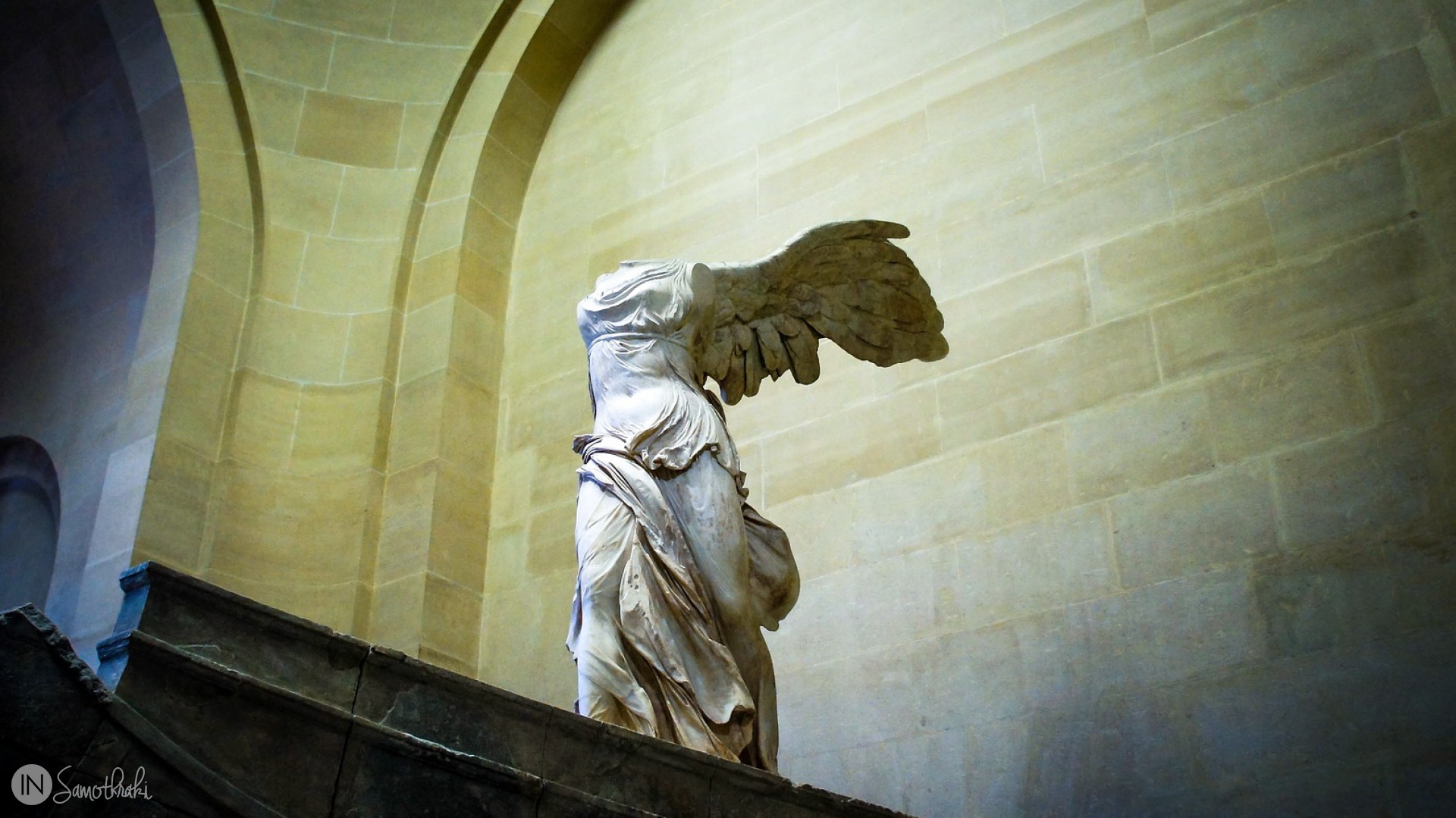
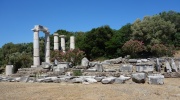 The Sanctuary of the Great Gods
The Sanctuary of the Great Gods
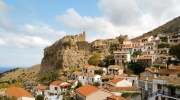 The Gateluzzi stronghold of Chora
The Gateluzzi stronghold of Chora
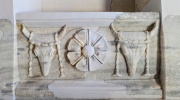 The Archaeological Museum of Samothraki
The Archaeological Museum of Samothraki
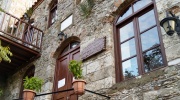 The Folk Museum of Chora
The Folk Museum of Chora
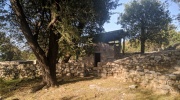 The ruins of the Monastery of Christ near Therma
The ruins of the Monastery of Christ near Therma
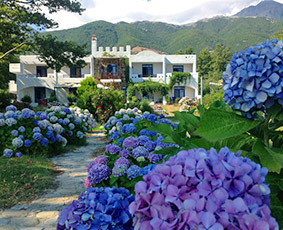
Have you been there?
Tell everyone about your experience!